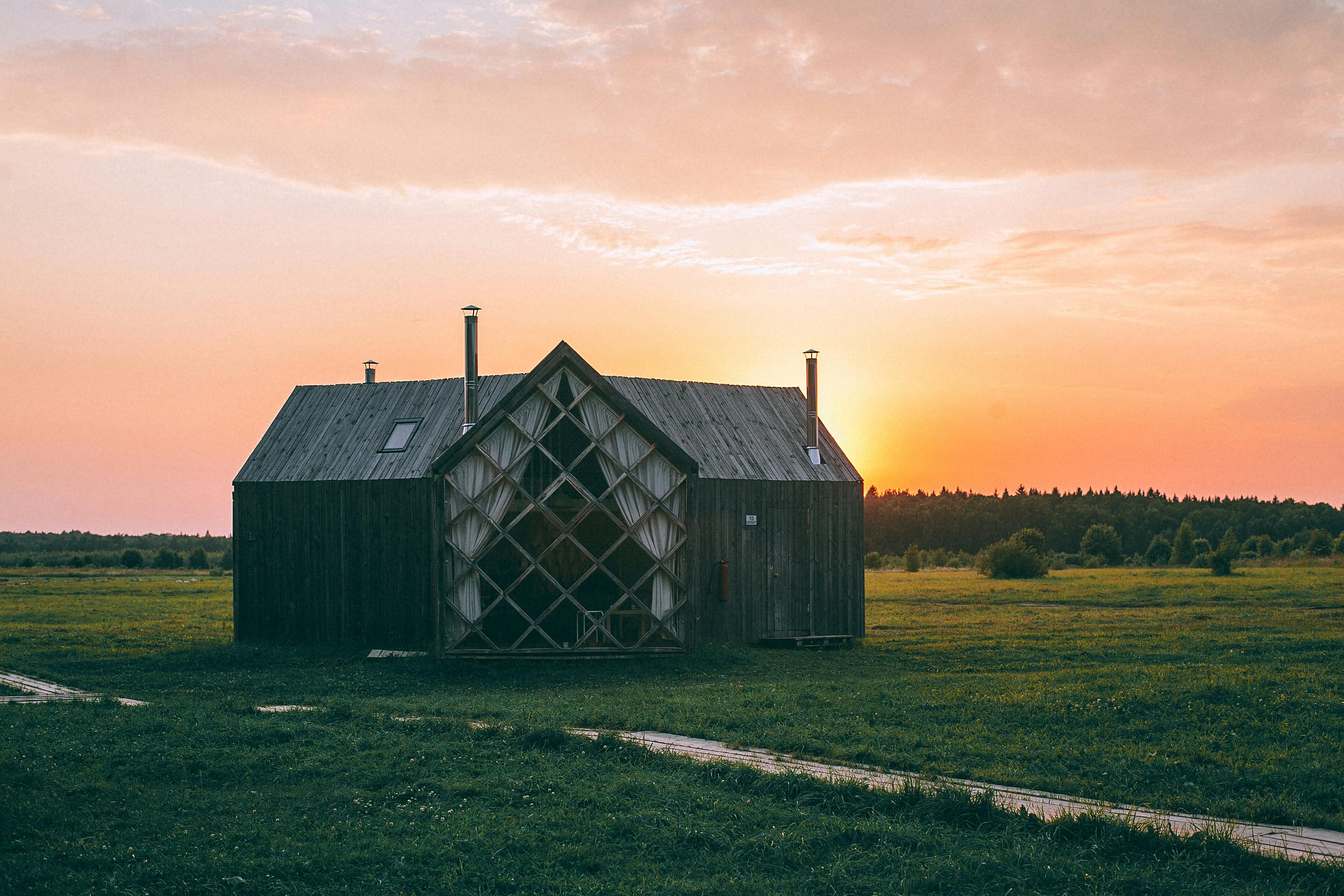French Country is a popular home design style today, both exterior and interior. This article addresses the French country house design style in the exterior.
WHAT’S IT ALL ABOUT?
Do you think French Country, or Country French, is an interior design style? We would say, “Not exactly.”
French Country is a range of home design styles –
1. From an old French farmhouse to a not-so-French embassy
2. From residential design styles including, but not limited to, French Rustic, French Country, French Provincial, French Eclectic, Chateau (French version of English Manor House) and the French country of the same name.
3. Between the Cajun style and the Louisiana plantation style
4. From the time period in America bracketed approximately by World War I and World War II
Comment: There is a kind of stylistic kinship with other home styles that are casually (and incorrectly) taken as singular rather than as a whole. For example, American Victorian is a/k/a (Victorian, in each case) 2nd Empire, Gothic, Italianate, Queen Anne, Folk, Stick, Shingle, and Richardsonian (Romanesque). Or, for example, Southern Colonial runs from Warburton House (1680) in James City County, VA or Christ’s Cross (a/k/a Cris Cross) (circa 1690) in New Kent County, VA and simpler , to Bacon’s Castle (1650) in Surry County, VA and Stratford Hall (1725) in Stratford, VA [noting that other examples abound either standing, or artistically captured earlier-on or reproduced, the author having chosen these for their geographical and temporal proximity, Post-Medieval English roots, and breadth of character].
You’ll find many publications on French Country on Amazon.com and at your local bookstore. Namely, along with a host of other design-oriented books, we ordered Home Planners’ Provencal Inspiration: Living The French Country Spirit a while back, and immediately got a notice that Amazon is out of stock. French Country is back in a big way. As another more recent example, our newly completed custom house plans in French country style for a property in Asheville, NC, will be offered later this year at over $4 million. [and the facades really do have a rural sense to them].
The French Country style reminds us more than most of the Craftsman style: multiple roof slopes; windows of different sizes and heights; overhangs and wide soffits; knee pads and other building structure exposures; front gables; a combination of gabled, clipped gabled, shed and hipped roofs; natural materials; exterior masonry, especially stone; a mixture of finishing coatings; moderation in accessories and exterior decorations. The French Country style can be comfortable and attractive in its most relaxed presentations.
However, French country house design departs from the Arts and Crafts Movement in several respects: high, steeply pitched ceilings on slopes high above Craftsman’s; a refinement in the exterior finish, particularly in the portcullis; an underestimation of the observable structure; gutter systems sometimes with reinforced copper fittings; curved roofs to accommodate steep slopes, larger windows, undrilled ceilings and interior walls; wide soffits; arches and dormers finished off in a curve, elaborate ironwork; balconies; turrets; Classic columns; relief masonry accessories, a certain interest in symmetry, etc. Simplicity and elegance.
There are ways to mess up the design of a French country house, for example, keeping roof lines at a slope to ensure consistent soffit depth and single-level eaves, in the name of cheap, easy and stylistically insensitive; apply Corinthian columns instead of, say, Tuscan, or flute Tuscan columns; he confuses the French style with the English, he unbalances the vertical and horizontal to favor the horizontal; no mullioned windows, no true French casement windows; use plastic shutters, s-shape shutters, do not apply true French doors, shingle roof, insist on wide fascia and wainscoting, etc.
And there are ways to develop French country house plans through the use of contemporary technologies, including, for example, profitable cultured stone, particularly in its renderings of country stone, perhaps by Owens Corning; and through the use of art, for example, copper half-round gutter systems by AB Raingutters, Inc., Classic Gutter Systems, LLC, gas or electric light fixtures by Charleston Lighting Company, or wrought aluminum railing by Southeastern Architectural Metals, the garage doors of the Carriage House Door Company, and the like.
French Country Style encourages the application of design principles of great residential design, such as creating a NEW OLD HOUSE: Yesterday’s Character for Today’s Home by Russell Versaci, The Taunton Press, 2003, and Patterns of Home : The Ten Essentials of de Jacobson, Silverstein and Winslow. Enduring Design, The Taunton Press, orig. 1941, reprint 2002; and, separately, sacred geometry. Again, you can embrace and succeed or ignore and fail in your design effort.
Take, for example, capping and other finishing cladding arrangements, especially on steeply sloped gable ends. In the realm of Versaci’s stated or suggested age, it is the wise designer who specifies the supposedly older (heavier-seeming) materials (fieldstone and the like) from grade up to, say, L1, and then some more material. light above. Such an arrangement and layering would be particularly in keeping with the gable ends of steeper pitched roofs, which most likely would not originally be built 2 stories under high, difficult to support pitched roofs. That is, L2 should and would appear to be of a more recent vintage than L1, and to present an old story without as much attention to detail is to send the gift horse to the suitcases.
Finally, in the vernacular of Patterns of Home, again for example, the French country style lends itself easily to creating a patio, or “Creating Rooms, Outside”, and space with dormer windows demonstrating design cues. of “Shelter and Perspective” under a “Sheltering Roof”, particularly if the roof lines are low profile and cut more simply at L2 than at L1.
